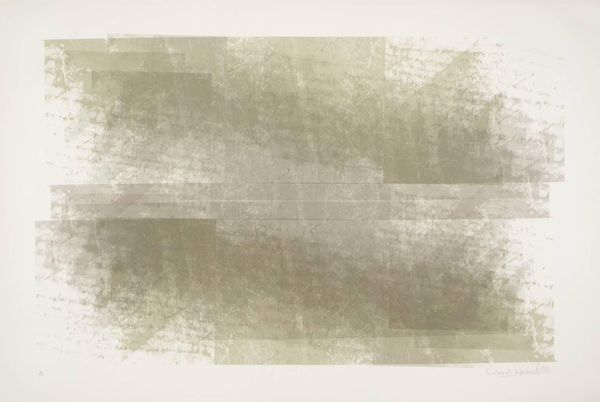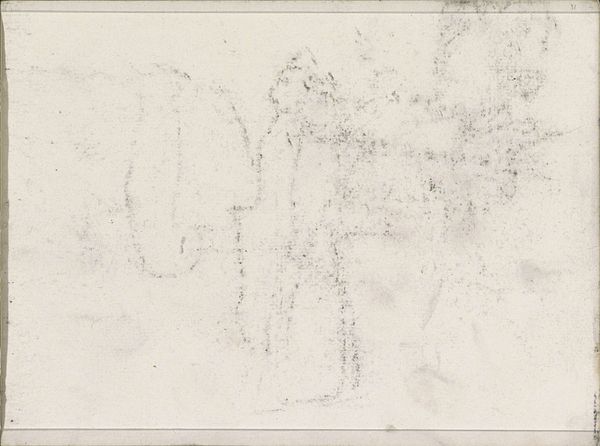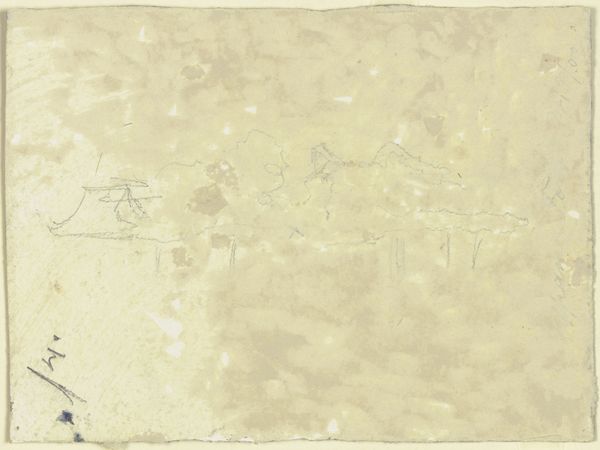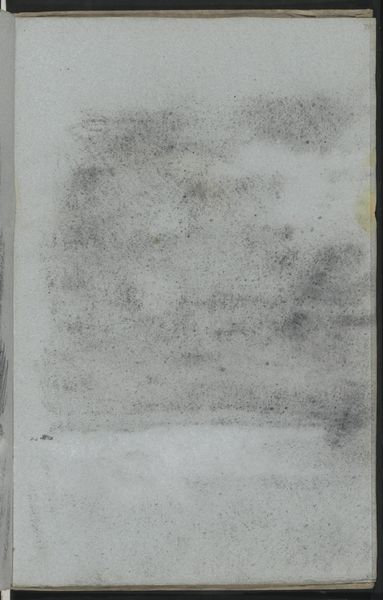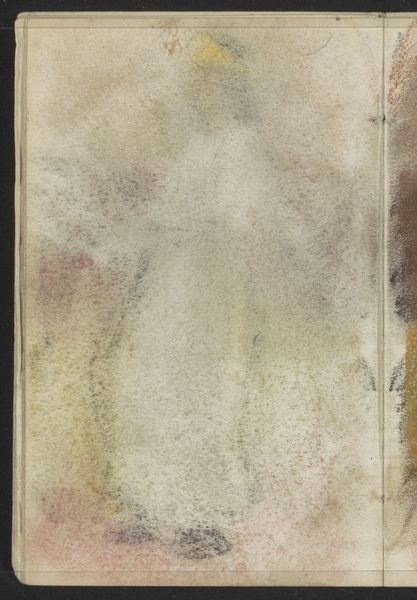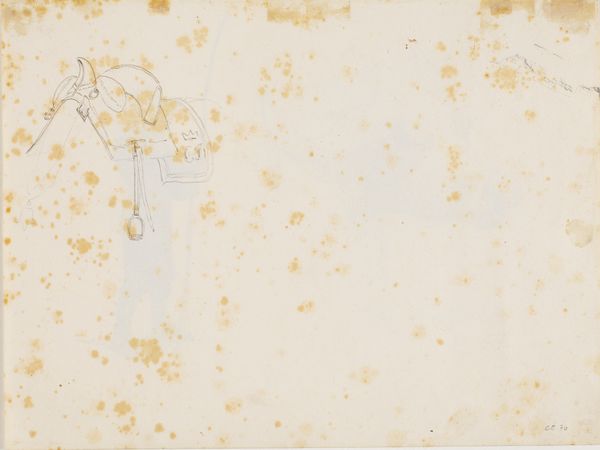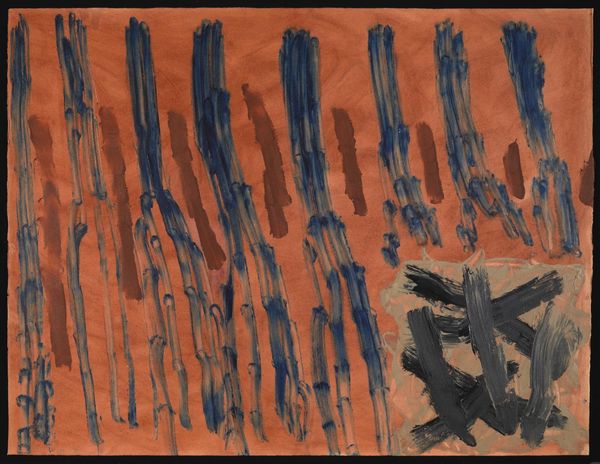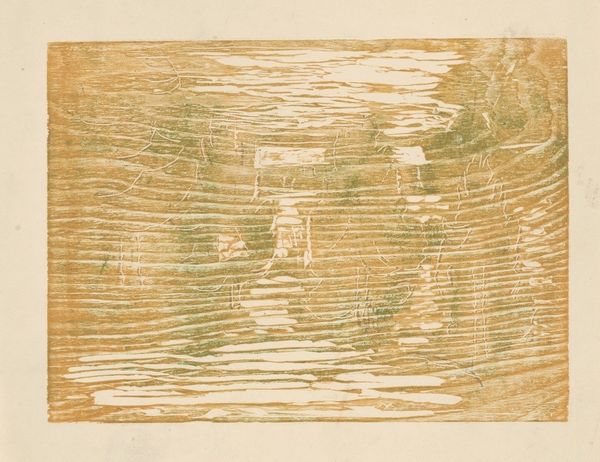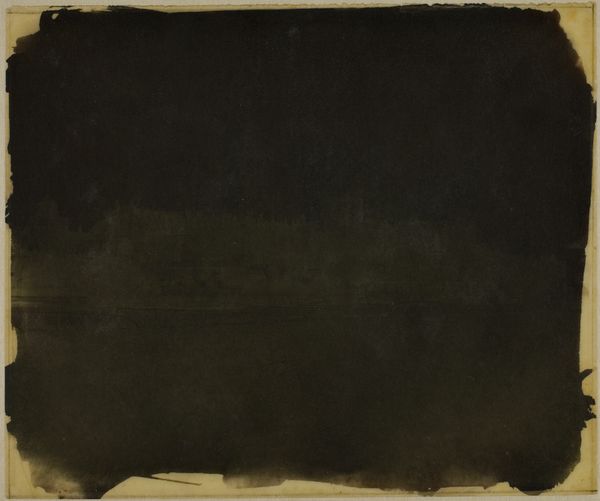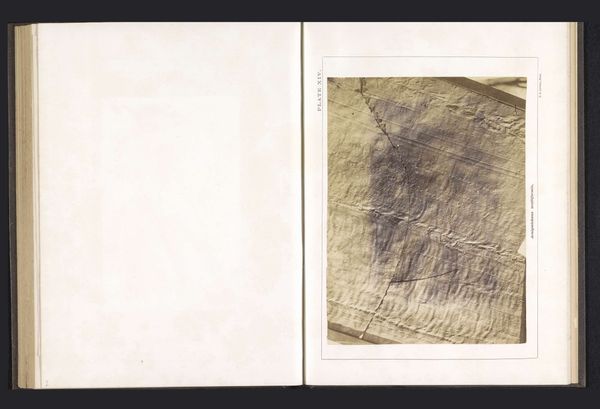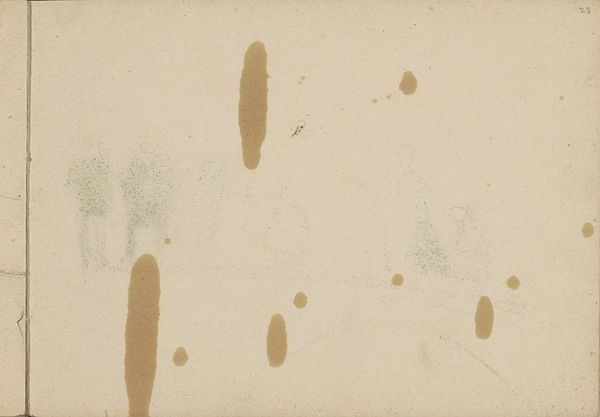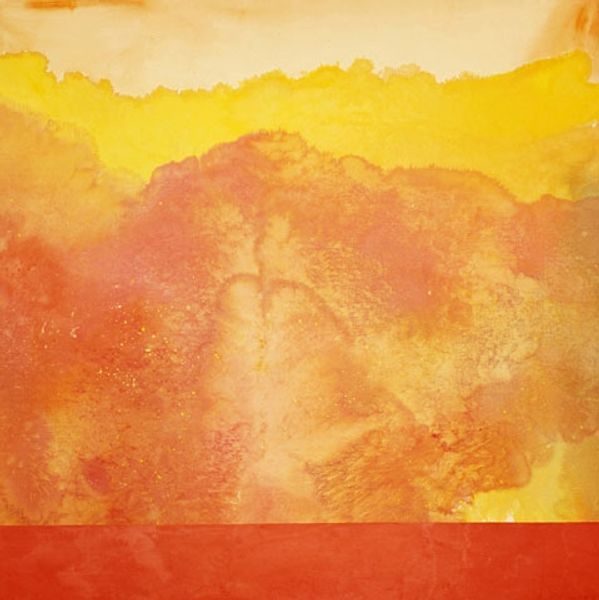
drawing, paper, watercolor
#
portrait
#
drawing
#
water colours
#
figuration
#
paper
#
watercolor
#
expressionism
#
abstraction
#
line
#
watercolour bleed
#
mixed medium
#
modernism
Copyright: Public Domain: Artvee
Curator: Paul Klee's 1926 work, "Owl Comedy," created using watercolor and drawing on paper, presents us with a fascinating composition. What are your initial thoughts? Editor: The earthy palette of burnt umber and terracotta creates a somewhat unsettling mood. And what appear to be owls, or at least faces, are barely there – ethereal and emerging from the background, rather than imposing. Curator: Precisely. Klee’s deft handling of line and color separation is crucial. Notice how he employs thin, almost hesitant lines to delineate the figures, setting them apart from, but not in defiance of, the background wash. It's this very contrast between precision and the atmospheric watercolor bleed that defines its visual logic. Editor: Agreed. But to me, those delicate lines speak volumes about the owl's symbolic weight across cultures. From wisdom and prophecy to darkness and death, the owl has always been a powerful, often ambiguous, symbol. This "comedy" seems less about humor and more about confronting the darker aspects of human existence, perhaps our folly. Curator: Intriguing. One might interpret that dark background as representative of an unformed subconscious – with these “owl” figures then acting as projections of something barely articulated into symbolic space, the surface of the paper. Klee's title "Comedy" provides an avenue towards considering this more affirmatively, perhaps to temper its somber tones. Editor: Klee was certainly a master of irony. The owl, often associated with nocturnal wisdom, rendered here as a tentative sketch amidst a wash of murky colors… it subverts expectations. It’s a commentary on how even our deepest knowledge can be obscured or misunderstood. The title itself feels almost sardonic. Curator: In a way, Klee encourages a re-evaluation of seeing itself. How can we see and perceive? And in doing so, perhaps discover new symbolic languages in play with older inherited languages. Editor: Exactly. Ultimately, "Owl Comedy" invites us to embrace the complexities and contradictions inherent in both art and life, and to recognize the lingering potency of inherited symbols and the necessity to continuously re-interpret them. Curator: An apt observation. Thank you for guiding us to explore how Klee plays with established visual principles.
Comments
No comments
Be the first to comment and join the conversation on the ultimate creative platform.
